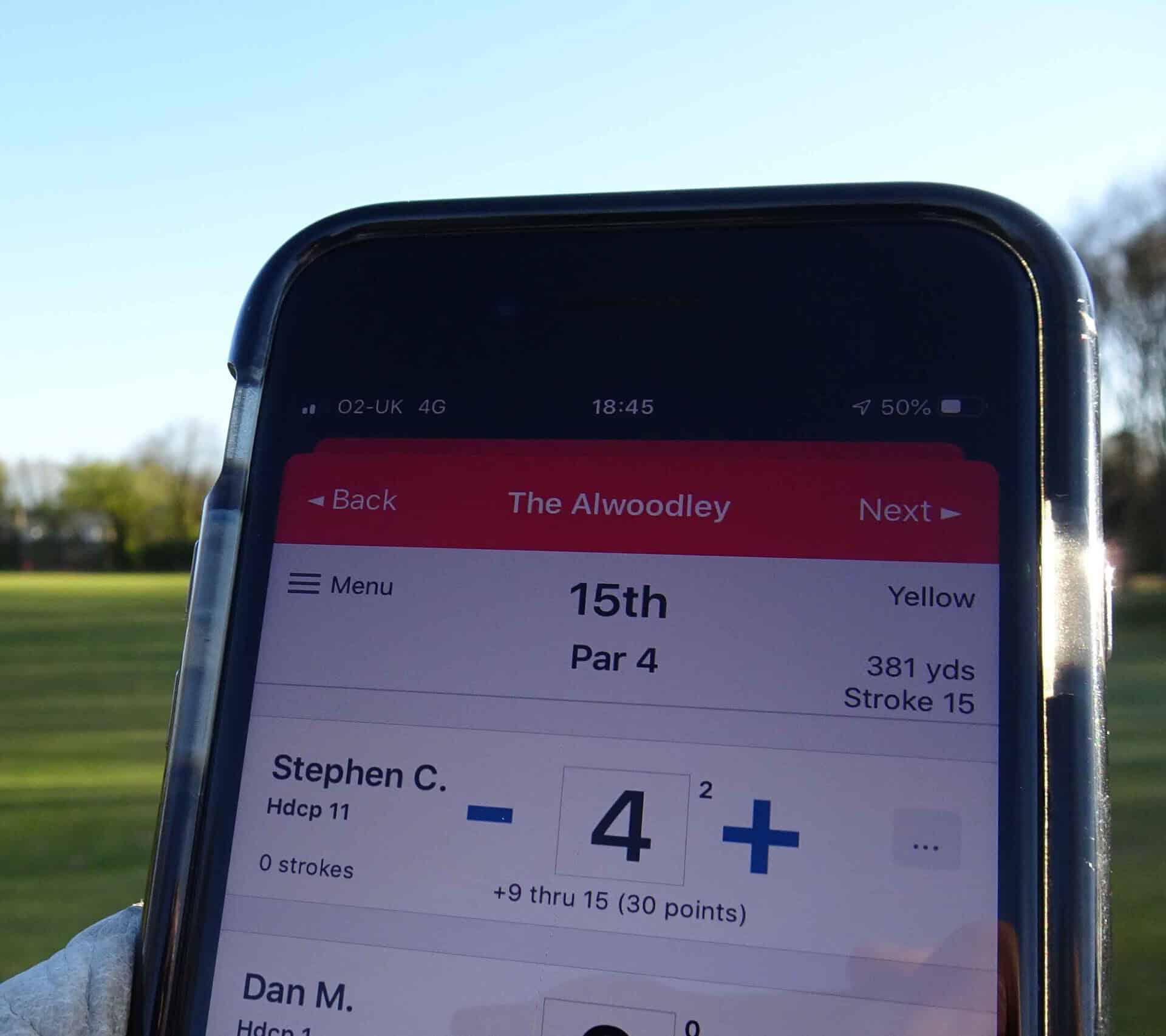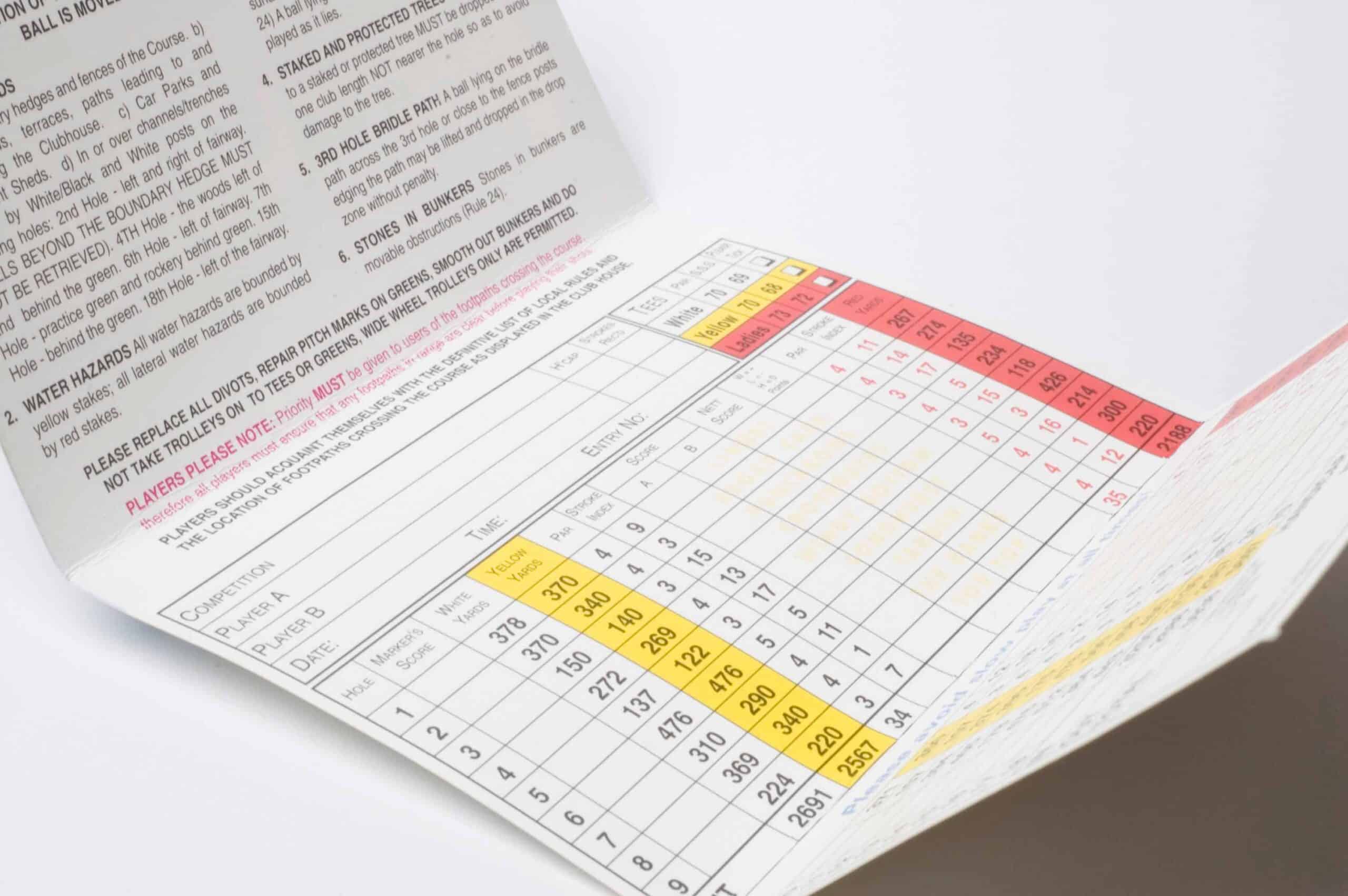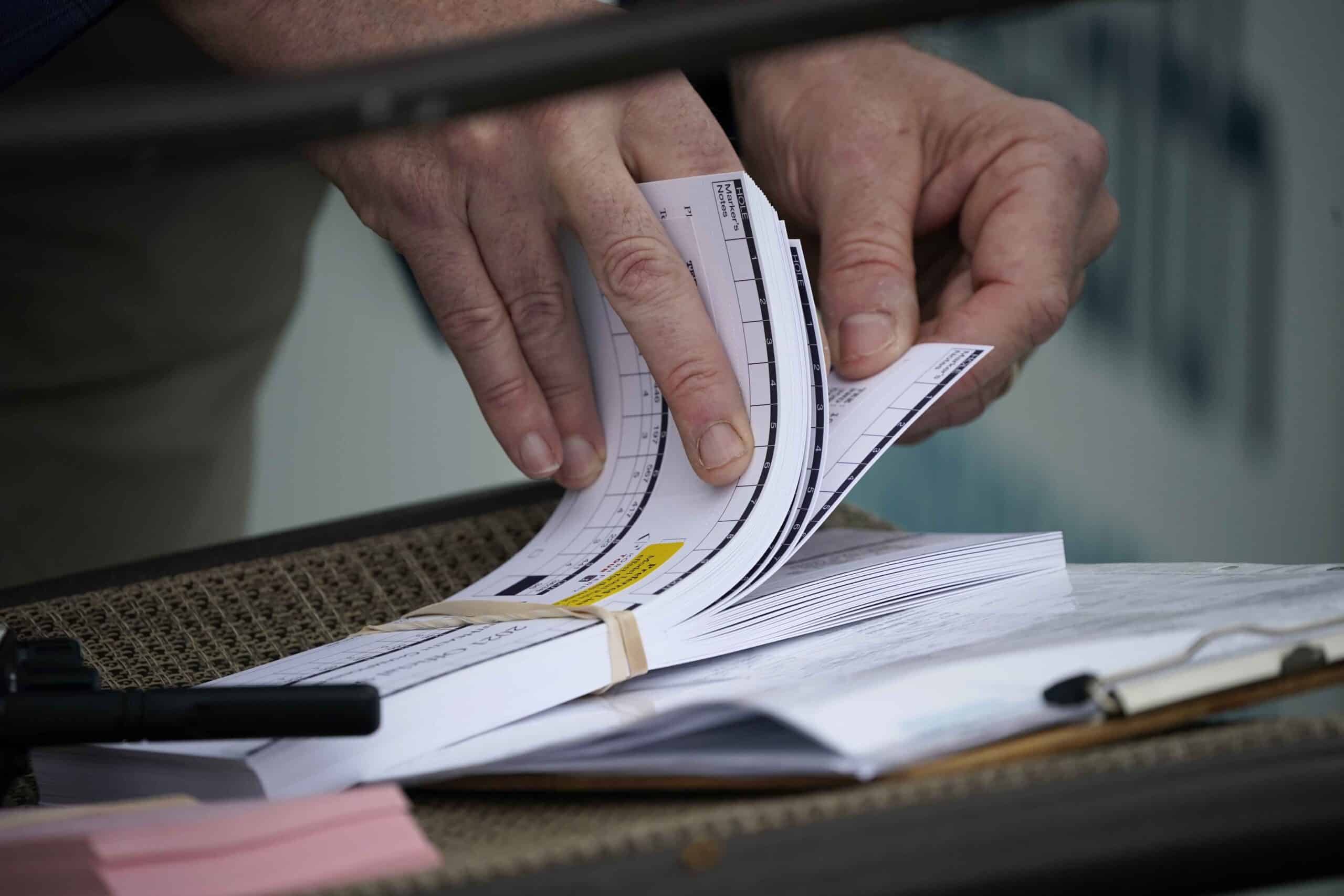
How does the Exceptional Score Reduction work?
When we have a REALLY good day on the golf course, we know our World Handicap System Index is going to take a greater hit. But how is it done?
A few weeks after WHS came in, I played in a competition where the winning golfer shot a nett 59.
‘That handicap is going to get destroyed’, the clubhouse chuckled as we wrapped our heads around someone shooting 13 under their handicap.
But there was a problem. It turned out we didn’t really understand what the Exceptional Score Reduction did. We just knew it was there.
Sign up here for our daily newsletter
"*" indicates required fields
So if you’ve ever wondered about Rule 5.9 in the Rules of Handicapping, and not really known how it was applied, read on…
What is the Exceptional Score Reduction?
Sometimes it just happens for us out on the golf course. Every wood finds a fairway, irons are crispy struck, and all the putts seem to drop.
On that wondrous day, when we play way better than our handicaps suggest we should, a safeguard within WHS is triggered. Yes, it’s called the Exceptional Score Reduction.
It is applied automatically, is an additional adjustment, and applies to both competition and general play rounds.

How is it worked out?
The Exceptional Score Reduction is triggered when a score differential is at least 7 to 9.9 strokes better than the player’s WHS index when that round was played.
When that’s the case, a 1 stroke reduction is applied to every one of the most 20 record scores in their record.
If the score differential is 10 strokes or more better than the player’s index, then a 2-stroke reduction goes on all of the most recent 20 scores.
If a golfer doesn’t have 20 scores in their record, the reduction is applied to all the scores they have.
What if there have been multiple exceptional scores?
It can happen with players who are rapidly improving. And you can have multiple Exceptional Score Reductions if players meet the 7-stroke threshold on more than one occasion.
An England Golf factsheet says this would be “shown as a cumulative value in the handicap record”.
Handicap committees can choose to overrule a reduction “if they feel it is not justified and a fair reflection of any demonstrated ability”.
But the factsheet warns: “The Committee should bear in mind that only a percentage of the actual score has been used in the new Handicap Index calculation: and therefore, the extra reduction is usually warranted to correctly reflect the player’s current playing ability”.
Now have your say
Has that cleared up any confusion over the Exceptional Score Reduction? Let me know your thoughts on the concept by leaving a comment on X.
Steve Carroll

A journalist for 25 years, Steve has been immersed in club golf for almost as long. A former club captain, he has passed the Level 3 Rules of Golf exam with distinction having attended the R&A's prestigious Tournament Administrators and Referees Seminar.
Steve has officiated at a host of high-profile tournaments, including Open Regional Qualifying, PGA Fourball Championship, English Men's Senior Amateur, and the North of England Amateur Championship. In 2023, he made his international debut as part of the team that refereed England vs Switzerland U16 girls.
A part of NCG's Top 100s panel, Steve has a particular love of links golf and is frantically trying to restore his single-figure handicap. He currently floats at around 11.
Steve plays at Close House, in Newcastle, and York GC, where he is a member of the club's matches and competitions committee and referees the annual 36-hole scratch York Rose Bowl.
Having studied history at Newcastle University, he became a journalist having passed his NTCJ exams at Darlington College of Technology.
What's in Steve's bag: TaylorMade Stealth 2 driver, 3-wood, and hybrids; TaylorMade Stealth 2 irons; TaylorMade Hi-Toe, Ping ChipR, Sik Putter.










